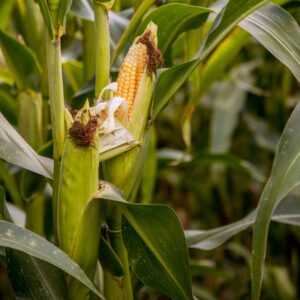
The maize kernel is processed by the Wet and Dry Milling Industries.
Sources: A Profile of the South African Maize Market Value Chain at www.dalrrd.gov.za.
Wheat is delivered to milling companies who mill the wheat into wheat flour, meal and bran that are used in three different ways:
Source: A Profile of the South African Wheat Market Value Chain at www.dalrrd.gov.za
Milling features prominently in government’s proposed Agri-parks strategy. It has also seen initiatives from provincial investment bodies like the Eastern Cape Rural Development Agency (ECRDA).
National Chamber of Milling (NCM) – www.grainmilling.org.za The National Chamber of Milling is a trade association which represents the interests of the South African wheat flour and maize milling industry.
Further reference:
Training and research
In addition to the websites listed in this page, the following will also be of interest:
International websites will include:
Find the latest annual A Profile of the South African Maize Market Value Chain and A Profile of the South African Maize Market Value Chain at www.dalrrd.gov.za.
For maize related research documents and projects, contact the Maize Trust. For wheat related research documents and projects, contact the Winter Cereal Trust. Visit https://maizetrust.co.za and www.wintercerealtrust.co.za.
Find the miller’s preference list of preferred wheat cultivars list on the ARC-Small Grains (ARC-SG) web pages at www.arc.agric.za.
The SADC Secretariat and German Development Corporation‘s Profiling of the Regional Agro-Processing Value Chains in the SADC Region (March 2019) includes a look at wheat and maize.